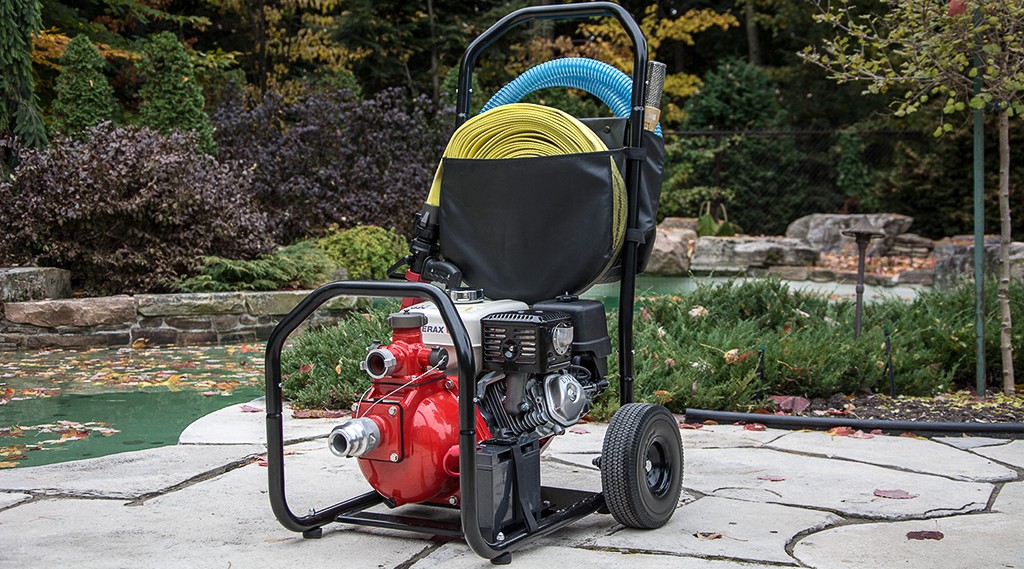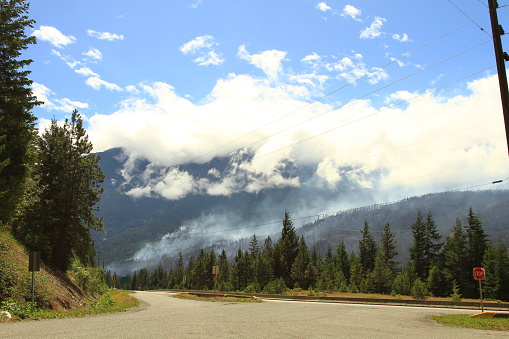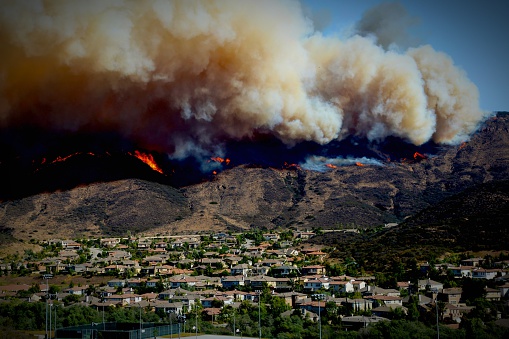What's New
Stay up to date with the latest information from WATERAX- What's New
- On the Road with Watson
-
Ax Magazine
Ax Magazine 1 Ax Magazine 2 Ax Magazine 3 Ax Magazine 4
Structure Protection Equipment Against the Threat of Wildfire
When encouraging preparedness against the threat of wildfire we should always consider the human dynamics at play. There is a physiological impact related to the loss of homes during a wildfire event. The emotional repercussions of losing personal belongings are far greater than losing the house itself to the fire, which can always be rebuilt better and bigger. This is why we need to inspire people to reduce the wildfire risk to property, infrastructure and public safety in the wildland/urban interface by helping communities become fire adapted.
Structure Protection Equipment
Structure protection and, more specifically, the use of Structure Protection Equipment (SPU) to protect structures and assist fire suppression in the USA and in Canada have become increasingly recognized as a key component in the wildfire suppression tool kit. Most of this interest has been developed more recently over the past 10 years. SPU equipment or packages available on the market are comprised of components combining existing wildland fire suppression equipment such as a high-pressure fire pump with irrigation type technology.There is a clear lack of understanding and an information gap when it comes to SPU that can explain why the use of such equipment is rarely considered in the context of preparedness similar to creating a defensible space around homes and private property. When people are looking at ways to get ready and prepare themselves in the event of a wildfire, the information is simply not available in a prominent manner. FireSmart Canada has even recognized the absence of this relevant information regarding SPU. Officials from that association have already indicated that a rewrite of the FireSmart manual will be taking place over the next two years and will most likely include a chapter on SPU to help close the knowledge gap in Canada.
SPU is a value-added tool to all the FireSmart and Firewise® measures. In an ideal world, homeowners would create a defensible space built with fire resistant materials and a sprinkler system installed. Due to the historical success of suppression agencies, a lot of people don’t necessarily see the need to prepare themselves for a wildfire event.

Growth of the WUI
In the years to come, there is an expected growth of the Wildland Urban Interface (WUI), the geographic location where the forest meets the community, due to the increase in residential homes and businesses in that area. Coupled with climate change predictions, a doubling of intense fire events are forecasted by 2040. Expansion of the WUI can mostly be attributed to the corresponding development into more remote wildland areas to exploit natural resources and back country recreation opportunities. The progression is causing the area of concern for fire suppression agencies to grow rapidly. This continues to stretch the capacity of suppression agencies further and further, putting much more emphasis on the need for improved preparedness, increased risk management for private land owners and companies to take on more direct responsibilities to protect their own assets.In British Columbia the use of SPU is now a standard component of the suppression tool kit whenever structures are being threatened. Increasingly, structural fire departments are taking the initiative to buy their own SPU equipment in BC so that they don’t have to rely on the province’s central cache and because they have learned to recognize the value of this equipment to protect structures. A very similar approach to SPU use can be found in Australia where sprinklers are deployed to help protect structures from an oncoming wildfire. Suppression agencies have incorporated their use wherever possible. Much less evidence can be found where SPU are being used in preparedness or pre-emptive manner to help mitigate or protect structures from future wildfire events. There are some notable exceptions to this, including several examples from Australia where pre-installed sprinklers are directly attributed credit for saving homes.
The key factors in considering the need for increased use of SPU and the potential for this use to grow in the future can be boiled down to four main drivers; SPU effectiveness in protecting structures; cost; size of the WUI and other associated areas that have structures at risk; climate change and potential for more intense wildfire events.
The unprecedented development in the WUI and other high-risk zones, combined with the projected climate change factors, create conditions for a perfect storm with some certainty that increased damage to structures from wildfire will occur unless current land management, suppression and preparedness strategies are adapted to this new emerging reality. The situation is already causing governments and fire agencies around the world to rethink their ability to suppress all wildfires as well as their ability to provide the historical level of protection to assets. Laws and regulations are evolving and are placing more emphasis on land developers, industry sectors, local governments and private land owners/homeowners to take on further responsibility to help protect their assets to reduce government liability and sole reliance on fire suppression agencies. Given the current and projected realities we can expect this trend to evolve in the years to come and the need to be ready and fire adapted will be more present than ever.

